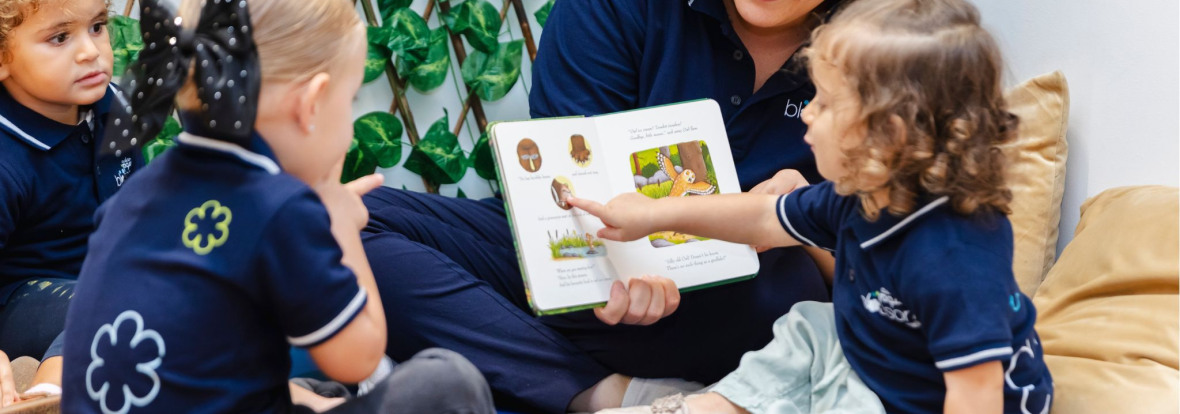Opening the Door to Language: The Importance of Multilingual Reading for Kids

In our increasingly interconnected world, the ability to understand and communicate in multiple languages is more valuable than ever. While many of us may envision language learning as something that begins in school, it can and should start much earlier. Research shows that exposing children to different languages from a young age opens the door to a wealth of cognitive, social, and emotional benefits.
Why Read in Multiple Languages?
Studies reveal that children who grow up bilingual or multilingual develop superior problem-solving skills and greater mental flexibility. According to a study published by the Cambridge University, bilingual children have enhanced attention and task-switching capacities, thanks to their experience in managing two linguistic systems.
Reading in different languages also promotes cultural understanding and empathy. When children read stories from various cultures, they not only learn new words but also gain insight into diverse ways of thinking and living. This multicultural awareness is an invaluable asset in today’s global society.
Choosing the Right Bilingual Books
Luckily, there are many wonderful bilingual books that make language learning a delightful experience for young readers. Here are a few favorites in our SharingStories Library on-demand :
- The Very Hungry Caterpillar by Eric Carle (Spanish-English Edition): This classic story remains a hit with its simple language and vivid illustrations, perfect for early bilingual exposure.
- Classics available in multiple languages (Russian, French, English or Arabic) like Julia Donaldson ones, offer repetitive and rhyming text that aids language retention.
- Monsieur Roscoe Serie uses dual languages throughout its story, immersing kids in an adventure filled with linguistic exploration.
- Bilingual Picture Books: these books present familiar scenarios in a bilingual format, promoting vocabulary building in context.
Parental Tips for Raising Multilingual Readers
- Start Early: Infants can distinguish between different languages. Reading bilingual books from a young age takes advantage of their natural ability to perceive and reproduce new sounds.
- Be Consistent: Integrate language learning into your daily routine. Set aside specific times for reading in each language to create a balanced approach.
- Make It Interactive: Encourage your child to repeat phrases and ask questions about the story. This engagement reinforces learning and builds confidence. Have a look on how Bookswormintraining is doing with a 2-year old twins. Fascinating! https://www.instagram.com/reel/DAXgpLUSNVh/
- Celebrate Progress: Recognize milestones, whether it’s remembering a new word or enjoying a book in a different language. Positive reinforcement fuels motivation.
- Be Patient: Language acquisition is a gradual process. Some days may be more challenging than others, but consistency and encouragement will yield long-term benefits.
Why Begin at the Youngest Age?
Research confirms that early language exposure is critical. The first few years of life are when the brain is most receptive to language learning. Preschool-aged children absorb languages naturally and quickly, much like they do with play and exploration. By introducing them to different languages early on, we set the stage for lifelong linguistic skills and cultural appreciation.
With a global library at their fingertips, let's empower our children to explore, understand, and connect with the world through the magic of multilingual reading. It's not just about learning words, but sharing experiences and expanding horizons.
Looking for book recommendations for your children? Explore Sharingstories.me, a Kids Book Club and Multilingual Library Service in the UAE that delivers new stories tailored to your child's needs right to your doorstep every month. Discover more
Lucie Wullschleger
I’m Lucie, mother of 2 Book lovers, 2 and 5 years old.
I have 10+ years experience in Marketing, Digital and Ecommerce in international companies as well as start-ups. I am looking today to use my skills for projects that make sense, having social and/or environmental positive impacts.
I’m convinced about sustainable ways of doing business and believe in the power of circular economy: many objects do not need to be owned but have their value in the usage we make of them. Following this conviction and a growing interest in Education, I founded my first start-up in Dubai in 2023, Sharingstories.me, a multicultural Kids Library delivered home in order to help parents raising multilingual readers !
Sharing Stories is first a community of book lovers receiving home tailored reading for their kids swapped monthly for new stories. We extended our services to teachers and especially Blossom nurseries teachers delivering them our last reading gems ready to be shared with many little ones !







Lucie Wullschleger
December 5, 2025